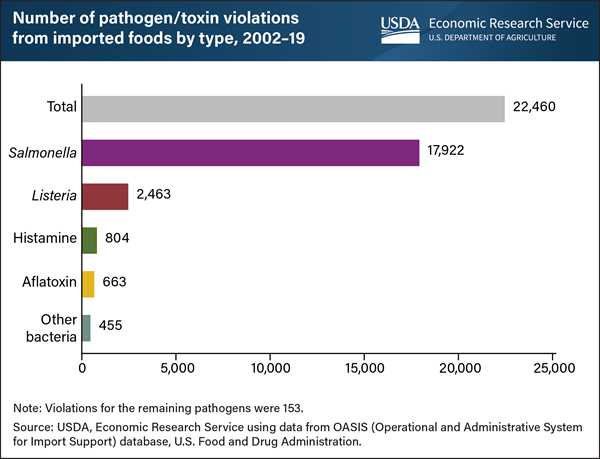The FDA reported that Fruit Fresh Up, Inc. recalled all fresh cut fruit and vegetable products and ready to eat dips processed at its Depew, NY production facilities, due to possible health risk from Listeria monocytogenes. Products subject to the voluntary recall of fresh cut fruits and vegetables are packaged in clear plastic containers with a tamper evident seal and identified with a “Best if Used By” date between March 5, 2022, and March 23, 2022. Ready-to-eat dips are provided in 7oz clear plastic clamshell containers with a Best if Used by March 15, 2022, to March 31, 2022. No illnesses have been reported, with the products being recalled to date. This voluntary recall notification is being issued after results from the environmental program found surfaces where products are packaged into containers to contain Listeria monocytogenes. Recalled items from the facility were distributed in NY and surrounding states. @ https://www.fda.gov/safety/recalls-market-withdrawals-safety-alerts/fruit-fresh-inc-recalls-products-due-possible-health-risk




